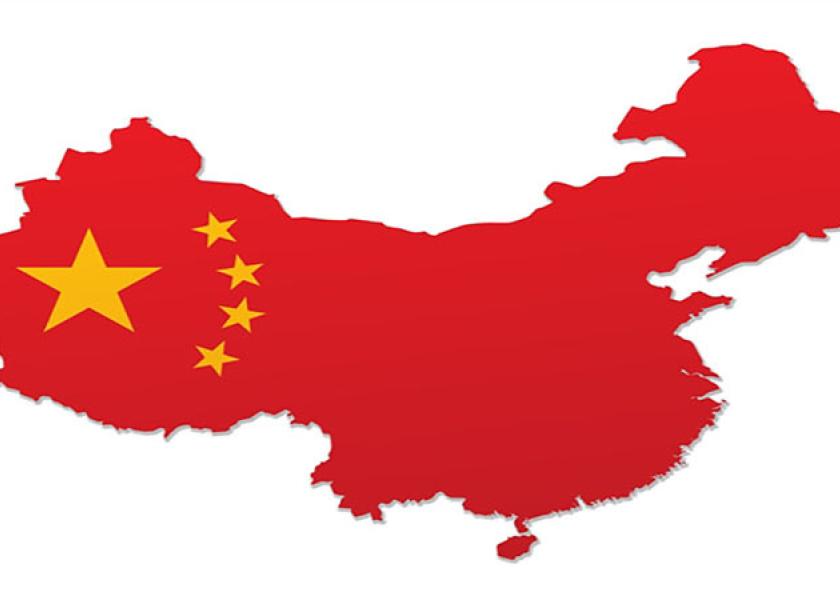What Is China?s Global Food Objective?

In the U.S., per capita red meat and poultry supplies hit a low of 202 pounds in 2014. That was down nearly 9% from a record 222 pounds produced in 2007. The low point in production caused record prices which produced our rapid herd expansion. This year, per capita red meat and poultry supplies will reach 218 pounds, up 8% from the 2014 low. In 2018 we are projecting the red meat and poultry supply will be pushed to 223 lbs. per person, 11% higher than in 2007 and a new record.
Simply put, the supply of total meat over at least the next 2 to 3 years will outpace the domestic demand necessary to maintain current prices across the beef complex. The key to beef prices as we go forward, given the supply outlook, will be export demand. Asia, and more specifically China, will be the prominent player in the demand outlook. In 2017, beef and pork exports to Asia are up sharply to date. While future trade deals are obviously critical to the future of U.S. meat, dairy, and grain trade, I believe we may be overlooking another option for China.
Chinese imports of agricultural commodities largely rest on the notion of food security. They have recently shown their willingness to once again open their market for U.S. beef. But this is likely a short to intermediate-term decision that is consistent with a longer term goal of self-sufficiency.
So where does that lead? It leads to the acquisition of food production in global markets by Chinese companies. Think Smithfield Foods accounting for 28% of U.S. pork production and acquired by Shienwa (now WD) a Chinese company in 2013. Smithfield recently purchased Farmer John in California which brought their share of U.S. pork production to 30%. The reality is that every pound of pork produced by Smithfield can be sold to China.
Chinese food companies have also acquired three beef plants in Uruguay as well as several dairy operations in New Zealand. I submit that at some point a Chinese interest will purchase a major beef processing company or perhaps a major beef, pork, and poultry processing company in the U.S. It fits a strategy of food security through self-sufficiency.







